New York Dynamic Neuromuscular Rehabilitation & Physical Therapy

What is Physical Therapy? A patient may receive physical therapy when he or she has had an injury, disease or a deformity. Physical therapy involves treatments such as massages, heat treatments, and also certain routine exercise. Why Should You Get Physical Therapy? People with certain physical problems may have trouble moving around and doing everyday […]
Read More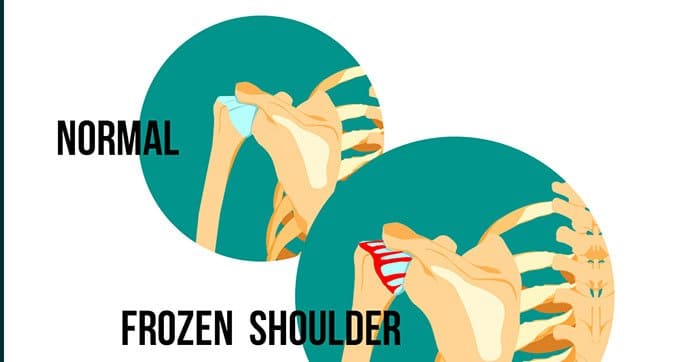
Here’s a guide to understanding a frozen shoulder This condition, also referred to restrict movement, which causes pain.
Read More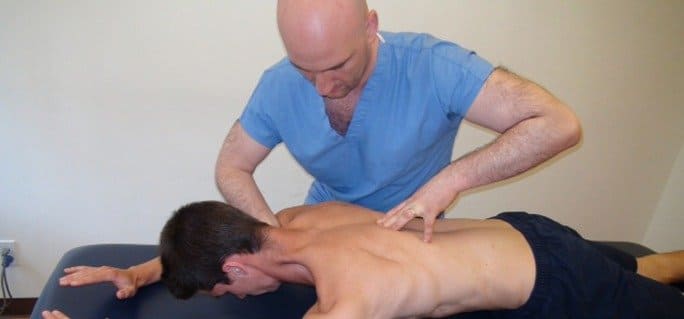
While most people are familiar with physical therapy and massage therapy, many are unaware of the role that they can play to provide even better results than one or the other alone. What Does Each Type of Therapy Entail? Having a good understanding of each type of therapy establishes the basis for better relating how […]
Read More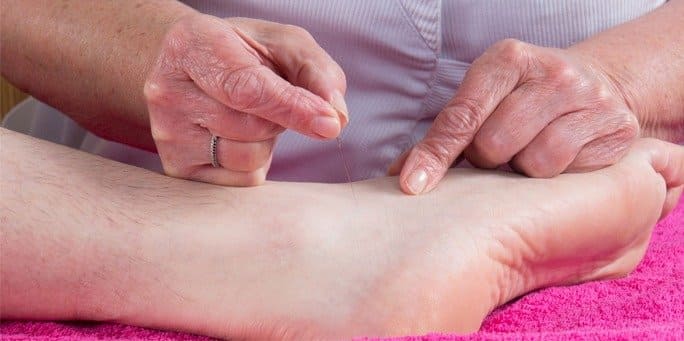
There is nothing worse than having foot pain. It makes walking unbearable, and wearing a shoe may not even be an option to pressure points all over the body. Each pressure point coincides with a part of the body. By stimulating these areas, the body promotes healing. It sounds crazy, but it is sweeping that […]
Read More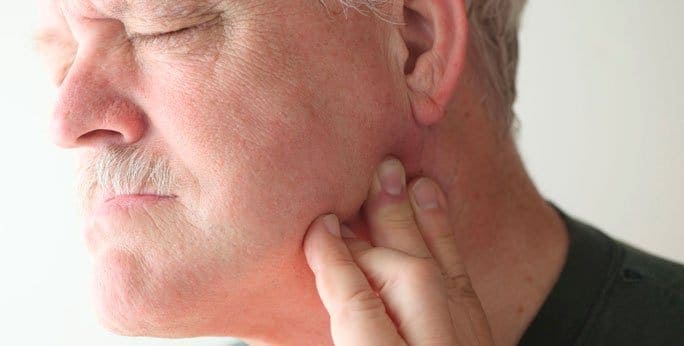
What is the TMJ? The temporomandibular joint, also known as the TMJ, joins your jaw to your skull. Try feeling it; it lies just in front of your ear hole. There are many causes for tmj disorder, some of which are poor posture, growth disorder, bad habits, inflammation, or injury. The lower jaw bone, called […]
Read More
If you are suffering from chronic sciatica pain, you may find that gentle exercise and stretch on a daily basis can help to the back of the legs. Sciatica pain may be accompanied by sensations of tinging, numbness or weakness. It is often associated with an underlying medical condition, such as a lumbar herniated disc […]
Read More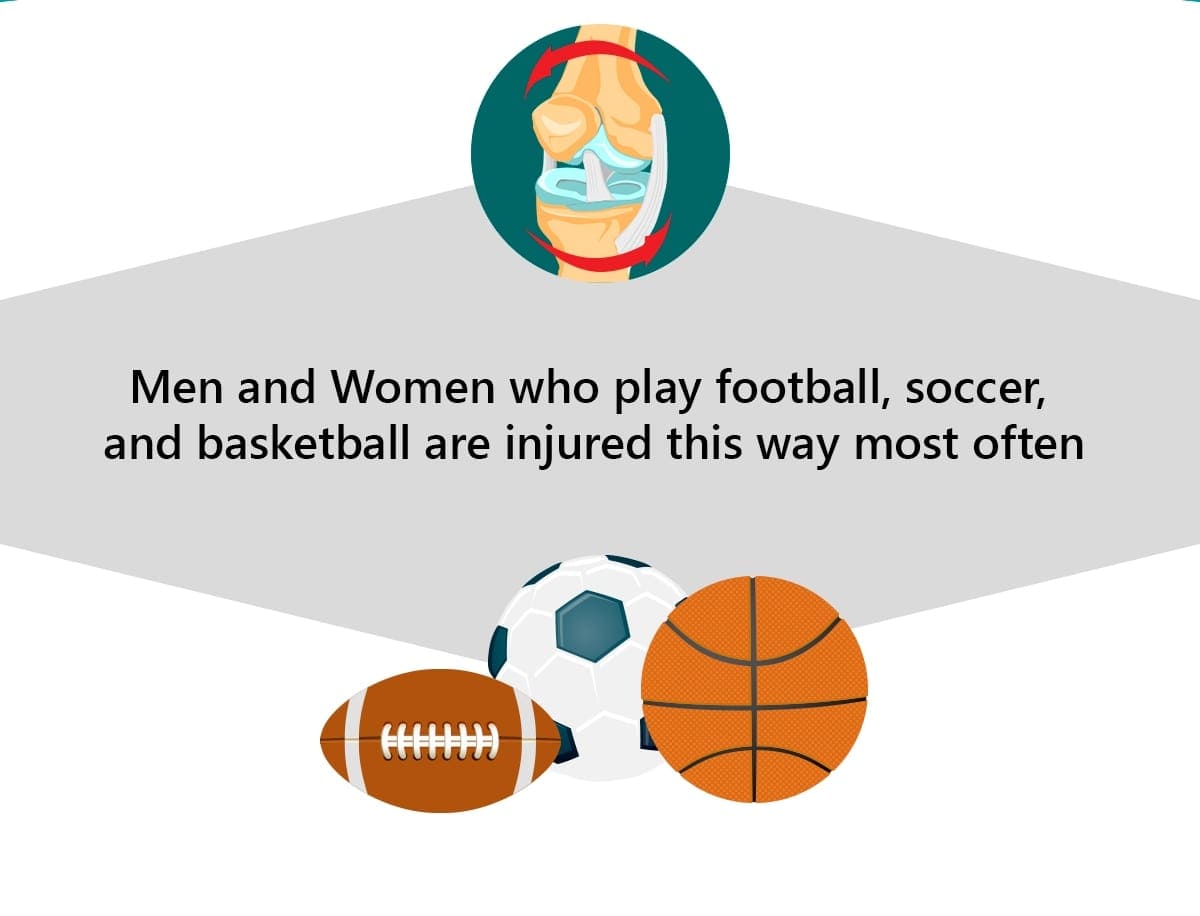
Over two-thirds of hurting ACL’s are caused by not contacting bodily parts. They are caused by not controlling movement, sudden stoppage, erratic change of movement, and jumping in a poor position
Read More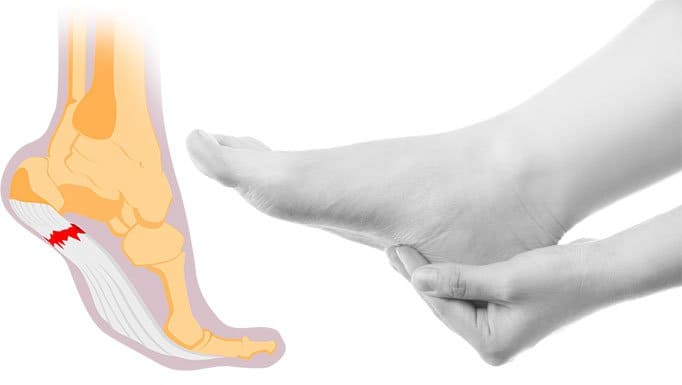
Pain in the foot can be debilitating to everyday life. The more severe the pain, the more difficult it is to complete simple tasks. There are numerous exercises that assist with alleviating the pain from Plantar Fasciitis. What is Plantar Fasciitis? In essence, Plantar Fasciitis is pain that resides in the heel portion of the […]
Read More